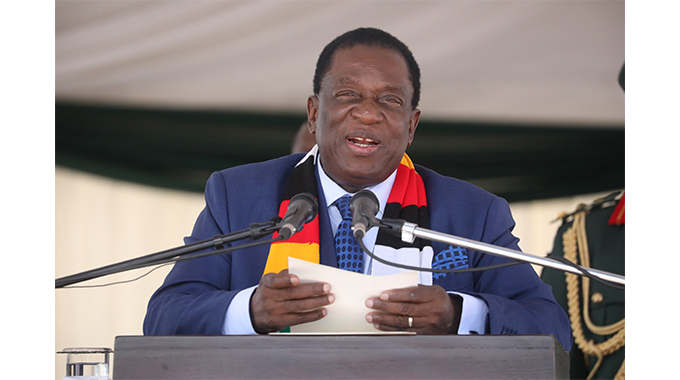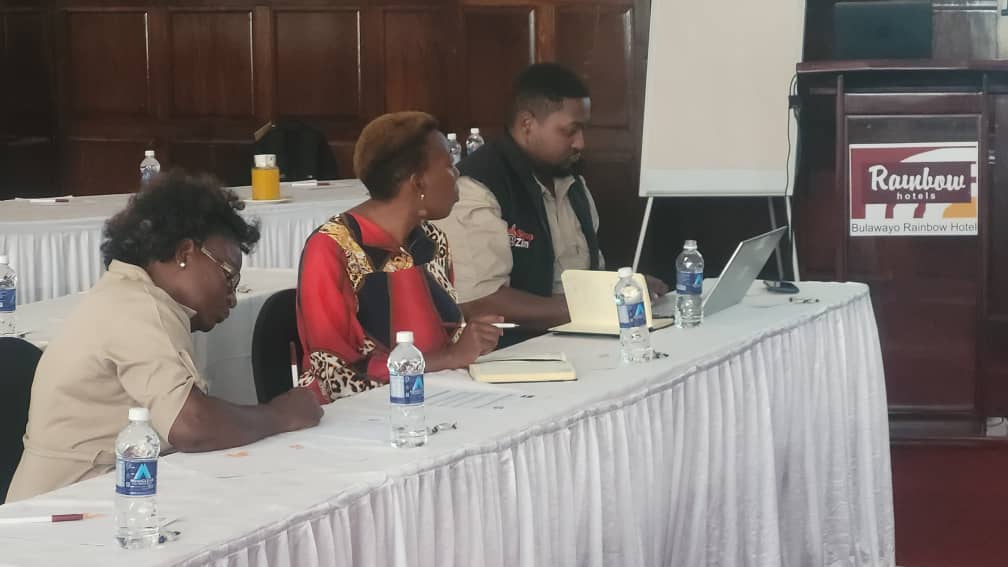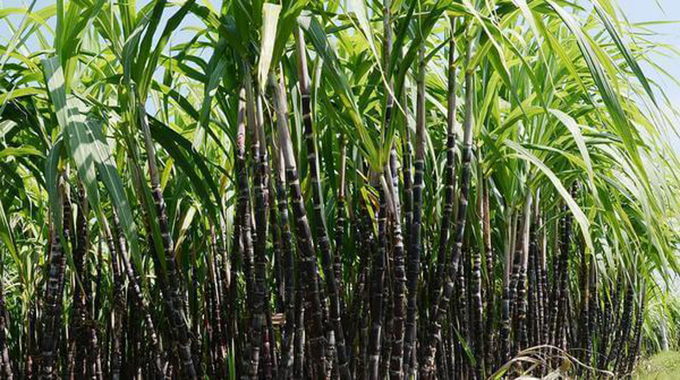Windfall for communities… Fight against climate change pays dividends

Leonard Ncube, Victoria Falls Reporter
COMMUNITIES in Zimbabwe have generated about US$23 million through selling carbon credits, with Binga channeling all the funds to developmental projects as a reward for protecting the environment and mitigating against climate change.
Carbon credits or offsets are a way to channel funds to conservation and sustainable development while reducing climate emissions.
They occur when a polluting company, in this case mainly in western countries, buy carbon credit to make up for the greenhouse gas it has emitted and the money should be used to fund actions somewhere in the world that remove the same amount of carbon out of the air, or to prevent carbon emissions.
This works as a form of social responsibility scheme by multinationals.
Since carbon dioxide is the principal greenhouse gas, people speak simply of trading in carbon as part of the carbon market and buyers are largely multinational corporations from western countries doing it voluntarily in terms of the Kyoto Protocol which operationalises the United Nations Framework Convention on Climate Change.
In February this year, President Mnangagwa said Zimbabwe is crafting a national carbon credit framework to guide businesses, communities and investors who wish to establish carbon-trade businesses in the country.

President Mnangagwa
He said the carbon credit framework establishes institutions to enhance transparency of transactions and accountability to ensure that Zimbabwe gets “a fair share of the proceeds from the trade”.
So far, Carbon Green Africa (CGA), a Zimbabwean company created to mitigate the effects of climate change through climate friendly projects that generate carbon credits for purposes of offsetting carbon footprints across the globe, is spearheading conservation projects governed by the United Nations Framework on Climate Change Convention.
CGA started a Reforestation, Emissions, Deforestation and Degradation (REDD+) project for Binga, Hurungwe, Mbire and Nyaminyami districts which are along the Zambezi Valley and called it Kariba REDD+.
Binga RDC chief executive Mr Joshua Muzamba said the project has been beneficial to the district in terms of preserving the environment and service delivery.
He said council received two vehicles, one of them a 10-seater bus that is being used as an ambulance, while most communities had benefited from piped water schemes.
“We are benefitting as a council mainly in two ways. Firstly, the project helps to preserve flora and fauna because they have designated some forest areas where communities are encouraged not to unnecessarily cut down trees or burn bushes as people are guided to make fire guards.
“They are also supporting community development projects such as water, construction of classroom blocks and health services,” said Mr Muzamba.
He said one of the piped water schemes is in Sinansengwe area where a community garden was also established.
Some communities have started bee keeping projects while at Sinamwenda a classroom block was built through proceeds from the project.
Mr Muzamba said there is need for more conscientisation of communities to protect forests for more returns through carbon credits.
Zimbabwe was initially not listed in selling carbon credits and was selling under South Africa, before CGA pioneered the process in 2011, trading through some middlemen owing to the illegal sanctions imposed on the country which makes it difficult for the country to trade directly with the multinational corporations.
CGA chief executive Mr Charles Ndondo said Kariba REDD+ is an acknowledgement that trees consume loads of carbon dioxide which should naturally be in the air and they in turn use it to produce oxygen that they release for human life.
He said Zimbabwe has vast forests which are in danger of destruction by communities around them for human activities hence the need for an awareness that cutting down trees increases the amount of carbon dioxide in the air thereby causing global warming and exposing the world to the adverse effects of climate change.
To mitigate this, CGA started the projects in the selected districts where communities have been capacitated in climate smart agriculture, nutritional gardens, solarised piped water systems and investing in sustainable wildlife products like bee keeping so as to reduce careless cutting down of trees for agriculture and other economic activities.
It is through these interventions that forests in Binga, Hurungwe, Mbire and Nyaminyami have produced millions of carbon credits from forests around them and money generated has been used for developmental projects.

Forest
Mr Ndondo said one carbon credit is equivalent to a tonne of carbon dioxide.
“The carbon credit is estimated by measuring a tree’s circumference and height and this gives an idea of carbon it stores and oxygen it produces.
The amount is averaged and that gives the carbon credits that are then sold to those companies known to produce gases that affect the environment, and are asked to offset the carbon by paying for carbon emissions. So 28 million carbon credits worth US$23 million have been generated since 2011,” he said.
“So it’s more like people are getting reward through corporate social responsibility from global corporations for opportunity costs incurred for not going into those forests and keeping them intact.”
Mr Ndondo said the United Nations Framework on Climate Change Convention contends that climate change and floods are a result of global warming as the world can no longer cope with human development which increase greenhouse gases.
It is through this platform that the multinational corporations try and mitigate global warming.
“So the idea is that instead of stopping industrialisation, we come up with a system of making people avoid destroying the forests and store more carbon in the trees.
“We came up with land use plans for the districts and approached the local authorities who said there are some areas that are only meant for wildlife but in danger of invasion for human activities,” he said.
Kariba REDD+ acting community liaison officer, Elmon Mudenda who is also Binga Rural District Councillor for ward 4, said in Binga the project started in Lunga and Tyunga wards 1 and 2 and expanded to Kalungwizi, Nabusenga, Sinansengwe, Sinakoma, Sinampande and Nagangara.
He said the project is more like corporate social responsibility to thank communities for taking care of forests.
Cllr Mudenda said the project was slowly transforming the district, which dovetails with the Vision 2030 for an upper middle income society implemented through the National Development Strategy 1.
He said in some areas CGA has helped create economic zones by linking villagers who produce baobab fruits, moringa, rosella and other products to the market, said Cllr Mudenda.
From the revenue generated, 30 percent is retained by the host RDC while 20 percent goes to community development, another 20 percent to environmental protection, and lease holders also get 20 percent.
The remaining 10 percent is also channeled to community projects based on request by the community. — @ncubeleon.












Comments